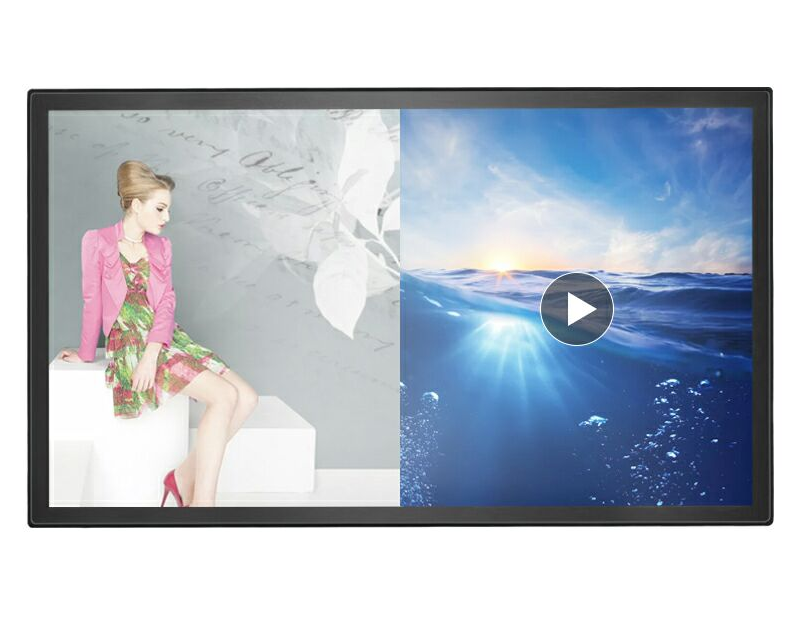What Is The Difference Between Digital Signage And TV?
Digital signage and TV are two distinct technologies that have some similarities but also many differences. Both technologies are designed to display content to a large audience, but they differ in terms of their purpose, features, and capabilities.
Digital Signage
Digital signage is a form of electronic display that is used to convey information, advertising, or other messages to a targeted audience. It consists of a digital screen, software, and a content management system (CMS). The content can be displayed on a single screen or across multiple screens in a network. Digital signage can be used in various settings such as retail stores, airports, hospitals, and corporate offices.
Purpose: The primary purpose of digital signage is to convey information, promote products, services, and engage customers. Digital signage is often used for advertising purposes and is an effective way to attract and engage audiences.
43 Inch Wall Mounted Advertising Display
Features: Digital signage is designed to be highly customizable, allowing users to create and display their own content. It can also be interactive, with touch screens allowing users to interact with the displayed content. Digital signage can also be used to display real-time information such as news, weather, and traffic updates.
Capabilities: Digital signage is capable of displaying high-quality images and videos. It can also be programmed to display different content at different times of the day, or on specific days of the week. Digital signage can be remotely controlled and monitored, allowing users to change the content displayed on the screen from anywhere.
TV
TV, on the other hand, is a broadcast technology that is used to transmit audio and video signals to a large audience. It consists of a television set and a broadcasting system that transmits content over the air or through cable or satellite networks. TV is used for entertainment, news, sports, and educational purposes.
Purpose: The primary purpose of TV is to entertain and inform audiences. TV programming can include shows, movies, news, and sports, among others.
Features: TV sets are designed to display content in high definition, with some models capable of displaying 4K resolution. TVs can be connected to other devices such as gaming consoles, Blu-ray players, and streaming devices to expand their capabilities.
Capabilities: TV broadcasting is typically a one-way transmission, with viewers passively receiving content. However, modern TVs can be connected to the internet, allowing users to stream content from a variety of sources. TVs can also be programmed to record shows and movies for later viewing.
Explore more:Office & School Supplies
How does a conference microphone system work?
Conference Room Audio Video Solutions
What is a Video Distribution System?
65 Inch Wall Mounted Advertising Display with No Touch
Differences between Digital Signage and TV
While digital signage and TV share some similarities, there are also several key differences between the two technologies:
Purpose: Digital signage is primarily used for advertising and information purposes, while TV is primarily used for entertainment and news.
Content: Digital signage content is typically created by the user or advertiser, while TV programming is created by networks and production companies.
Customization: Digital signage is highly customizable, allowing users to create their own content and display it in a variety of ways. TV programming, on the other hand, is largely predetermined by the network or production company.
Interaction: Digital signage can be interactive, allowing users to interact with the displayed content. TV programming is generally a one-way transmission, with viewers passively receiving content.
Display: Digital signage is often displayed on large, high-quality screens designed to attract attention and engage audiences. TV sets are typically smaller and designed for personal viewing.
Control: Digital signage can be remotely controlled and monitored, allowing users to change the content displayed on the screen from anywhere. TV sets are generally controlled by the viewer using a remote control.
Network: Digital signage can be networked across multiple screens, allowing users to display content across a variety of locations. TV sets are typically standalone devices that are not networked together.




